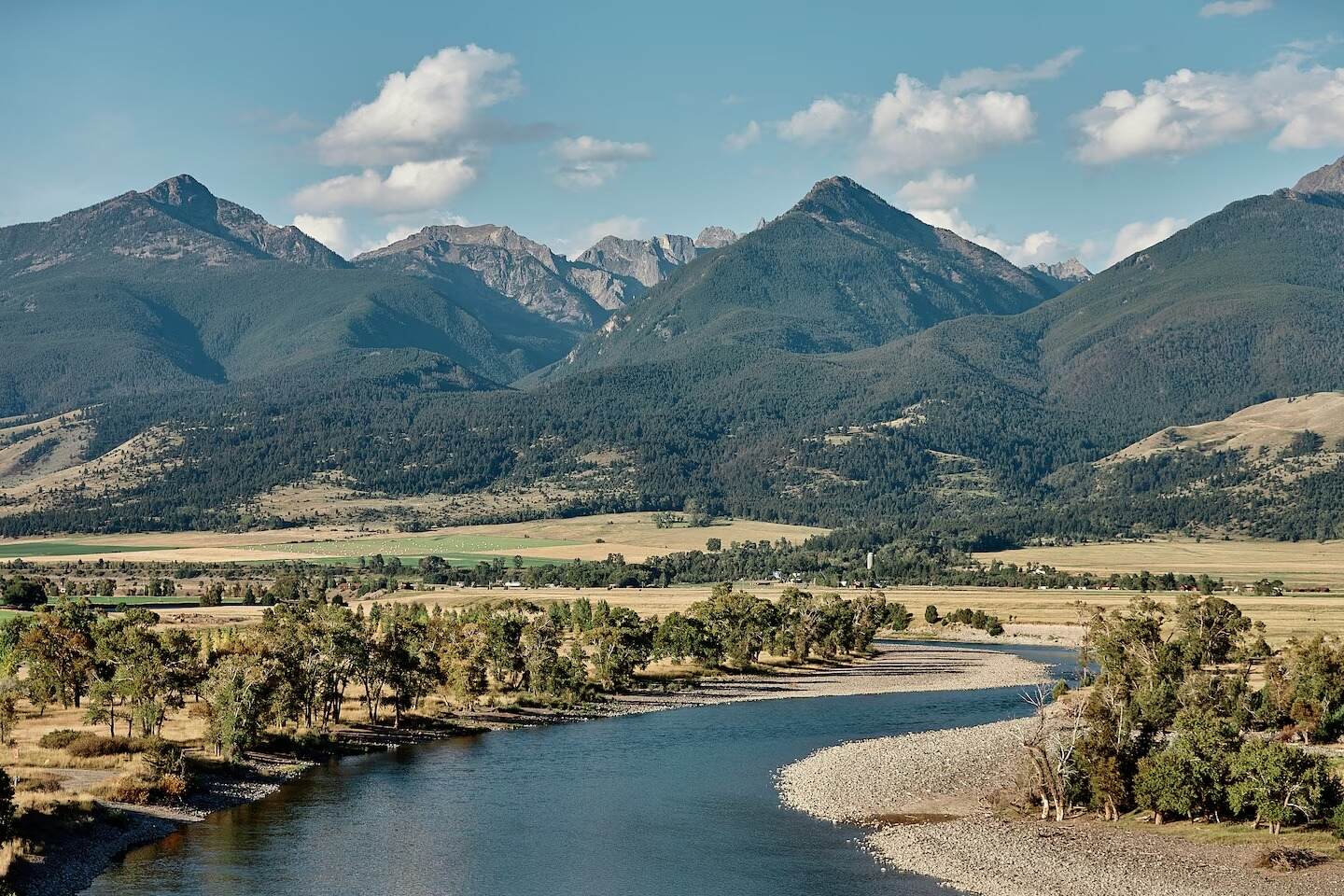Hidden Trading Posts Of Montana’s Yellowstone River Valley

Have you ever wondered about the hidden trading posts along Montana's Yellowstone River Valley? These spots hold stories of early settlers, Native American tribes, and adventurous traders. Imagine walking where pioneers once bartered goods, exchanged tales, and built communities. Each trading post has its own unique charm and history, waiting to be explored. From the bustling markets to the quiet, forgotten corners, these places offer a glimpse into a bygone era. Whether you're a history buff or just curious, the Yellowstone River Valley's trading posts promise a journey through time. Ready to uncover these hidden gems? Let's dive in!
Hidden Trading Posts of Montana's Yellowstone River Valley
Montana's Yellowstone River Valley holds secrets from the past, waiting to be uncovered. Among these secrets are hidden trading posts that once buzzed with activity. These places offer a glimpse into the history and culture of the region. Let's explore some of these fascinating spots.
Trading Posts Along the Yellowstone River
The Yellowstone River Valley is dotted with trading posts that played crucial roles in the region's development. These posts were hubs of commerce, culture, and community.
Fort Union Trading Post
Located near the confluence of the Yellowstone and Missouri Rivers, Fort Union was a major fur trading post in the 19th century. It served as a meeting point for Native American tribes, trappers, and traders. Today, it stands as a testament to the rich history of the area.Fort Benton
Known as the "Birthplace of Montana," Fort Benton was a significant trading post on the Missouri River. It was a key stop for steamboats and a bustling center for trade. Visitors can explore the remnants of this historic site and learn about its impact on Montana's development.Fort Peck Trading Post
Situated near the present-day Fort Peck Dam, this trading post was a vital link in the fur trade network. It connected trappers and traders with markets further east. The area around Fort Peck offers stunning views and a chance to step back in time.
Lesser-Known Trading Posts Worth Visiting
While some trading posts are well-known, others remain hidden gems. These lesser-known sites offer unique insights into the history of the Yellowstone River Valley.
Fort Sarpy
Located near the mouth of the Big Horn River, Fort Sarpy was a small but important trading post. It served as a base for trappers and traders navigating the Yellowstone River. The site offers a quiet, reflective experience for history enthusiasts.Fort Manuel Lisa
Named after the famous fur trader Manuel Lisa, this post was established in the early 1800s. It played a crucial role in the fur trade and served as a meeting point for various cultures. The site is now an archaeological treasure trove, revealing artifacts from its bustling past.Fort Cass
Situated near the present-day town of Forsyth, Fort Cass was a key trading post in the mid-1800s. It facilitated trade between Native American tribes and European settlers. The area around Fort Cass is rich in history and offers a peaceful retreat for visitors.
Exploring the Cultural Impact of Trading Posts
The trading posts along the Yellowstone River Valley were more than just commercial hubs. They were melting pots of culture, where different communities came together and exchanged not only goods but also ideas and traditions.
Fort Ellis
Located near Bozeman, Fort Ellis was a military post that also served as a trading hub. It played a significant role in protecting settlers and facilitating trade in the region. The site offers a glimpse into the military and cultural history of the area.Fort Parker
Established by the Crow Nation, Fort Parker was a unique trading post that highlighted the ingenuity and resilience of Native American traders. It served as a center for trade and cultural exchange. Visitors can learn about the Crow Nation's history and their contributions to the region.Fort Howes
Situated in the southeastern part of Montana, Fort Howes was a small but vital trading post. It connected remote communities and facilitated trade in the region. The site offers a serene and educational experience for those interested in Montana's trading history.
Conclusion
Montana's Yellowstone River Valley is a treasure trove of hidden trading posts, each with its own unique story. Exploring these sites offers a fascinating journey through the region's history and culture. Whether well-known or lesser-known, these trading posts provide a window into the past, revealing the rich tapestry of life along the Yellowstone River.
Discovering Montana's Hidden Gems
Exploring Montana's Yellowstone River Valley reveals a treasure trove of hidden trading posts. These spots offer a unique glimpse into the region's rich history and vibrant culture. From the bustling markets of Billings to the quaint shops in Livingston, each trading post has its own story to tell.
Visiting these places not only supports local businesses but also provides an authentic experience of Montana's heritage. Whether you're hunting for antiques, local crafts, or just soaking in the atmosphere, these trading posts are worth the trip.
Next time you're in Montana, take a detour from the usual tourist spots. Dive into the lesser-known corners of the Yellowstone River Valley. You'll find more than just souvenirs; you'll discover the heart and soul of Montana.

